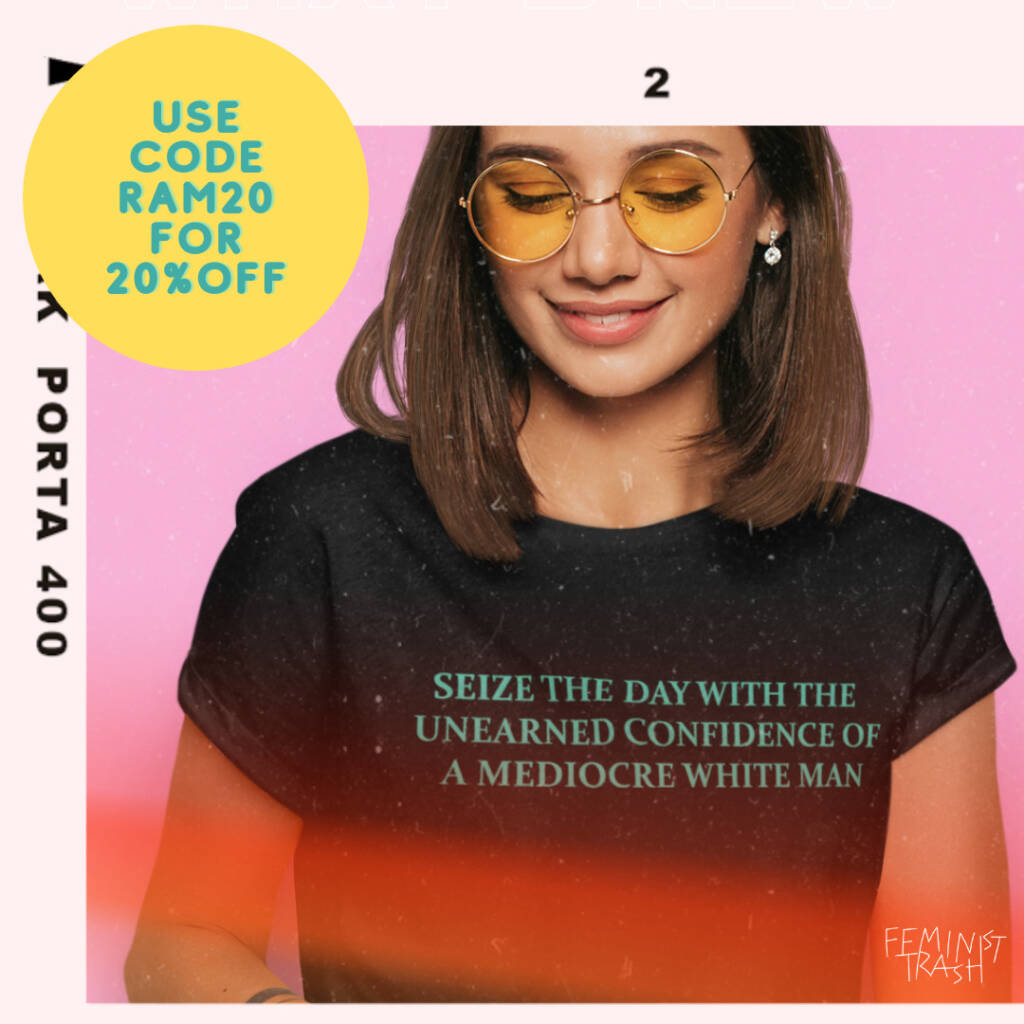Interview of Bri Lee by Freya Bennett // photograph by Saskia Wilson
Bri Lee, known for her thought-provoking, non-fiction works Eggshell Skull, Beauty and Who Gets to be Smart, has taken her first dip into fiction. As an enthusiastic consumer of novels, I wanted to delve into her process from non-fiction author to novelist.
The Work is a story within the art world, focusing on the gatekeepers rather than the artists themselves. An intriguing concept and one that shows off Lee’s avid skills as a researcher. The novel follows Lally, an ambitious gallery owner and Pat, a desperate scholarship boy as they both try to establish themselves in the art world. The new, modern art world for Lally and the old, classical world for Pat. Lee explores the murky, ethical dilemmas of ambition and asks when does ambition become a detriment?
The Work is now the number one bestseller on Booktopia despite it’s mixed reviews. Regardless of how you feel about this book, you can’t deny it has everyone talking. That is the charm and allure of Bri Lee. She is whip smart, incredibly dedicated to her craft and puts in “the work” with all her books. So how did she find her venture into fiction? I had the opportunity to pick her brain as she was settling into her hotel room on her mostly sold out book tour.
How has the journey from non-fiction to fiction been for you?
There are some things that are the same and some things that are different. I started thinking about it [The Work] in 2018 and seriously working on it at the beginning of 2019. I know how to research though I wasn’t sure I could pull off fiction… But research from either real life or reading, listening and watching, is a skill that I have, so I started with a lot of research. So in the early stages it felt quite similar. Drawing things from life and combing through what I found interesting. The drafting and editing years were rigorous like the non-fiction is and this book is still about issues and themes that I care a lot about but it was so much more fun. The book represents a huge amount of work and in my opinion quite high stakes issues and themes but without the personal blood letting that non-fiction has required.
Was the art world something you’ve always been interested in?
My mother is a visual artist but she isn’t in the industry the way these characters are. She never had the opportunity financially to pursue her art seriously. She couldn’t afford to try to professionalise it. Whereas my characters are very much in the market side of art, either the old art world [with Pat] or the new art world [with Lally]. I knew I wanted to set the book in a creative industry, and I knew just a little more about visual art than I knew about say, film or music but beyond that, it was just a huge amount of research
Tell us a bit about the choice to focus on characters who are flawed and somewhat problematic?
My job as a novelist is to create characters that are human beings. Fully formed, realistic human beings. And then, leave it to the reader to decide how they feel about them and whether they judge them or not. Most of the decisions I made in the drafting and editing of this book was just informed by what I like as a reader. As a writer, my most important job is to read a lot and to read widely. Most readers who read a lot can sniff out when a character is just a tool for an author’s ideas and for a plot rather than characters being fully formed humans that are genuine.
Why did you choose to focus more on the gatekeepers rather than the artists themselves and how did this choice shape the narrative?
I knew when I was starting work on this book that I wanted to set it in a creative industry but have neither of the main characters be artists themselves and it’s because I am very interested in the industry. I think this is a book about business more so than it is about actual art making or creativity. I’m just really interested in all of these jobs like the dealers and the gallerists and the publicists and the evaluators. All these people who’s work is often deliberately invisible that have a huge effect on how the sausage gets made. When we as audience members, go and see an art exhibition, and we’re looking at artworks on the walls, we like to think that what we’re looking at is the result of sole authorship. But there are actually all of these other people and therefore agendas involved and it’s that murky part of the sausage that I thought would be interesting to set a novel in.
Could you delve into your choice to depict ethical dilemmas and your intentions for reader takeaways?
I think these characters are both really ambitions. Pat is ambitious because he is sort of forced to be because of his financial precarity. Lally is ambitious because she chooses to be as she’s made her work such a big part of her identity. I think both characters get into trouble when that ambition compromises integrity. A question I’m interested in asking which doesn’t necessarily have an answer to is: when does ambition tip too far and become a bad thing? Where is that line? That’s what I’m interested in.
Is fiction something you want to continue to pursue?
Oh definitely, I’m well underway on my next one and it’s a novel as well.
You can find The Work in all good bookstores or online.









